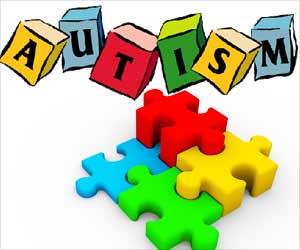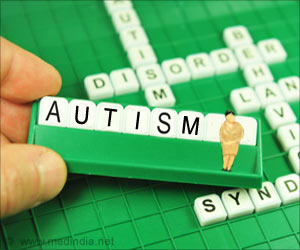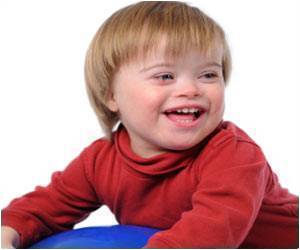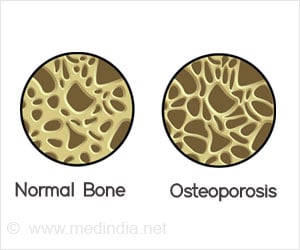Centers for Disease Control and Prevention's first prevalance report, which was released in 2007, found that one in 150 children had autism spectrum disorder.

‘Autism is a developmental disorder characterized by social and communication impairments and repetitive behaviors. Early diagnosis and intervention are important to improving learning and skills.’





Rates have been rising since the 1960s, but researchers do not know how much of this rise is due to more children being diagnosed with ASD or if actual cases are increasing or a combination of both. The CDC’s first prevalance report, which was released in 2007 and was based on 2000 and 2002 data, found that one in 150 children had ASD. For this new report, the CDC collected data at 11 regional monitoring sites that are part of the Autism and Developmental Disabilities Monitoring (ADDM) Network in the following states: Arkansas, Arizona, Colorado, Georgia, Maryland, Missouri, New Jersey, North Carolina, South Carolina, Utah, and Wisconsin. The Maryland monitoring site is based at the Johns Hopkins Bloomberg School of Public Health.
"Although we did not observe a significant increase in the overall prevalence rates in the monitoring sites, we continue to see the disparity among racial and ethnic groups," says Dr. Li-Ching Lee, PhD, ScM, a psychiatric epidemiologist with the Bloomberg School’s departments of Epidemiology and Mental Health, and the principal investigator for the Maryland-ADDM. "For example, in Maryland, we found that Hispanic children were less likely to be evaluated for developmental concerns and therefore less likely to be identified."
In Maryland, Lee notes, the vast majority of children (95 percent) identified with ASD had a developmental concern in their records by age three, but only 55 percent of them received a comprehensive evaluation by age three. "This lag may delay the timing for children with ASD to get diagnosed and receive needed services," Lee says.
The prevalence in Maryland was one in 55 children (1.82 percent) with one in 34 among boys and one in 161 among girls. The data were derived from health and special education records of children who were eight years old and living in Baltimore County in 2012.
Advertisement
One in 68 children in the 2014 report that looked at 2010 data, one in 88 children in the 2012 report that looked at 2008 data, one in 110 children in the 2009 report that looked at 2006 data, one in 150 children in the 2007 report that looked at 2000 and 2002 data.
Advertisement
Some trends in the latest CDC report data remain consistent, such as the greater likelihood of boys being diagnosed with ASD. Disparities by race/ethnicity in estimated ASD prevalence, the age of earliest comprehensive evaluation and presence of a previous ASD diagnosis or classification persist. Specifically, non-white children with ASD are being identified and evaluated at a later age than non-Hispanic white children. The majority of children identified with ASD by the ADDM Network (82 percent) had a previous ASD diagnosis or a special educational classification.
The causes of autism are not completely understood; studies show that both environment and genetics may play a role. There is no known cure, and no treatment or intervention has been proven to reduce the prevalence of ASD. The CDC recommends that parents track their child’s development, act quickly and get their child screened if they have a concern.
Source-Eurekalert














